Obverse 12 |
Reverse R |
|
Date Position |
Repunched Last 6 |
 Clash Marks In Front Of Face |
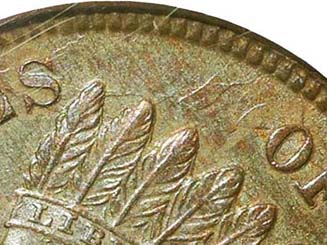 Clash Marks Above Feathers |
Die Crack from 1:15 to 2:15 |
Die Crack from ITED to 9:30 |
Die Cracks through States to 11:45 |
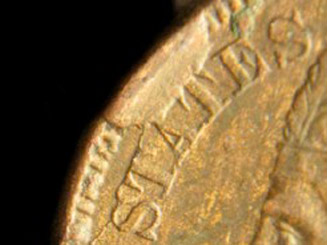 Obverse 12.2 Retainded Cud |
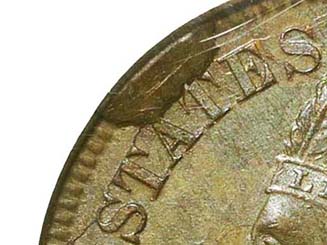 Obverse 12.3 Cud |
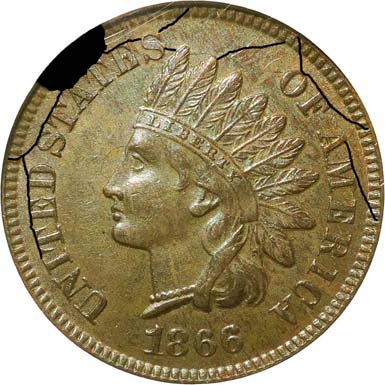
|
Clash Marks To The Right Of The Left Wreath |
Clash Mark Through The C Of CENT |
|
Die Polish Lines |
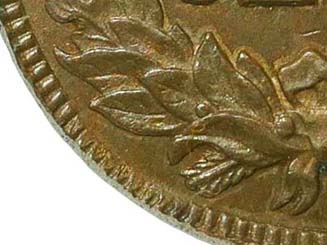 Reverse R.2 Strike Weakness Between 7:00 and 7:30 |
VARIETY 18OBVERSE 12REVERSE R Die Rotation: 178 degrees CW |
|
|
VARIETY 18bOBVERSE 12.3REVERSE R.2 |
 |
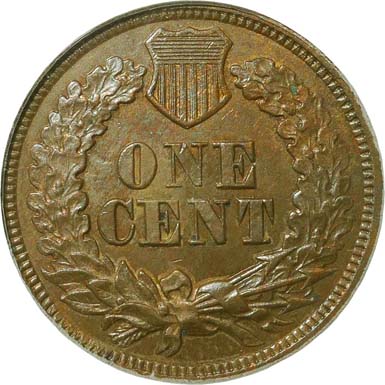 |